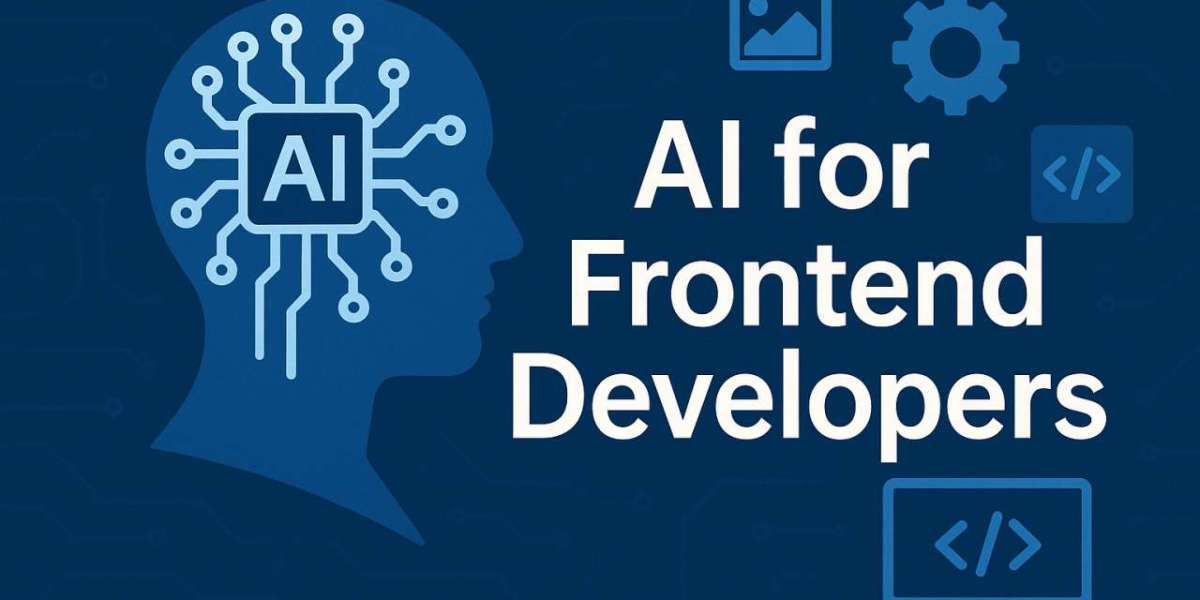In today’s rapidly evolving digital landscape, the integration of artificial intelligence (AI) into frontend workflows is reshaping the future of web applications. As businesses and developers seek faster, smarter, and more user-centric solutions, AI stands out as a transformative force in front end development. This guide explores the key benefits of AI integration, addresses common user questions, and provides actionable insights for software teams and businesses across the USA.
How to Leverage AI for Enhanced Productivity in Frontend Workflows
AI-powered tools are revolutionizing the way developers write, debug, and optimize code. With solutions like GitHub Copilot and ChatGPT, developers can:
- Automate repetitive coding tasks: AI can generate boilerplate code, suggest code completions, and identify errors in real time, significantly reducing development time.
- Accelerate debugging and testing: Modern AI tools automatically detect bugs, recommend fixes, and even write test cases, allowing teams to focus on refining user experiences instead of manual troubleshooting.
- Optimize code quality: By learning from vast codebases, AI-driven assistants can suggest best practices and refactor code for improved performance and maintainability.
What Is the Impact of AI on UI/UX Design and Personalization?
AI is making web interfaces more intuitive and responsive than ever before. Here’s how:
- Automated design-to-code translation: AI tools can convert UI mockups from platforms like Figma directly into functional frontend components, minimizing manual effort and reducing errors.
- Real-time personalization: AI analyzes user behavior and preferences to dynamically adapt website content, layouts, and recommendations, creating a tailored experience for every visitor.
- Adaptive and responsive design: AI frameworks help developers create layouts that automatically adjust to different devices and screen sizes, ensuring a seamless experience across platforms.
Can We Improve Accessibility and Inclusivity with AI?
Absolutely. AI-driven accessibility tools are helping developers build more inclusive web applications by:
- Automating accessibility checks: AI can scan web pages for compliance with accessibility standards, flagging issues like missing alt text or improper color contrast.
- Enhancing assistive technologies: AI-powered voice assistants and screen readers provide better navigation and interaction for users with disabilities, supporting compliance with new accessibility laws.
- Personalized accessibility features: AI can adapt interfaces based on individual user needs, such as adjusting font sizes or enabling voice controls.
Best Way to Streamline Collaboration Between Designers and Developers
AI is bridging the gap between design and development teams:
- Smart design tools: Platforms like Figma and Framer now use AI to suggest layouts, animations, and even run A/B tests, enabling designers and developers to iterate quickly and collaboratively.
- Reduced manual translation: With AI handling much of the design-to-code process, teams can focus on strategic decisions and creative problem-solving rather than repetitive tasks.
How to Use AI for Performance Optimization in Frontend Apps
Performance is a top priority for modern web applications. AI contributes by:
- Automating resource management: AI can optimize image sizes, manage lazy loading, and adjust caching strategies based on real-world usage patterns, ensuring faster load times and smoother interactions.
- Continuous monitoring and improvement: AI-driven analytics tools identify bottlenecks and recommend optimizations, helping maintain high performance as user demands evolve.
What Is the Role of No-Code and Low-Code AI Platforms?
No-code and low-code platforms, powered by AI, are democratizing frontend development:
- Empowering non-developers: Business users can now build and customize web applications using intuitive drag-and-drop interfaces, reducing reliance on specialized coding skills.
- Faster prototyping and deployment: AI automates much of the underlying logic, enabling rapid iteration and deployment of new features.
Unique Data and Industry Insights
- By 2025, it’s projected that 50% of all user interface interactions will be AI-powered or voice-based, highlighting the growing importance of AI in frontend development workflows.
- AI integration is not just a trend but a necessity for staying competitive in the global and USA markets, where user expectations for speed, personalization, and accessibility are higher than ever.
Final Thoughts
Integrating AI into frontend workflows offers undeniable advantages—from boosting developer productivity and automating tedious tasks to delivering personalized, accessible, and high-performing user experiences. As AI continues to evolve, embracing these tools and practices will be essential for any organization aiming to lead in the field of front end development.
Whether you’re a developer, designer, or business leader, now is the time to explore how AI can transform your frontend processes and help you stay ahead in a dynamic digital world.



